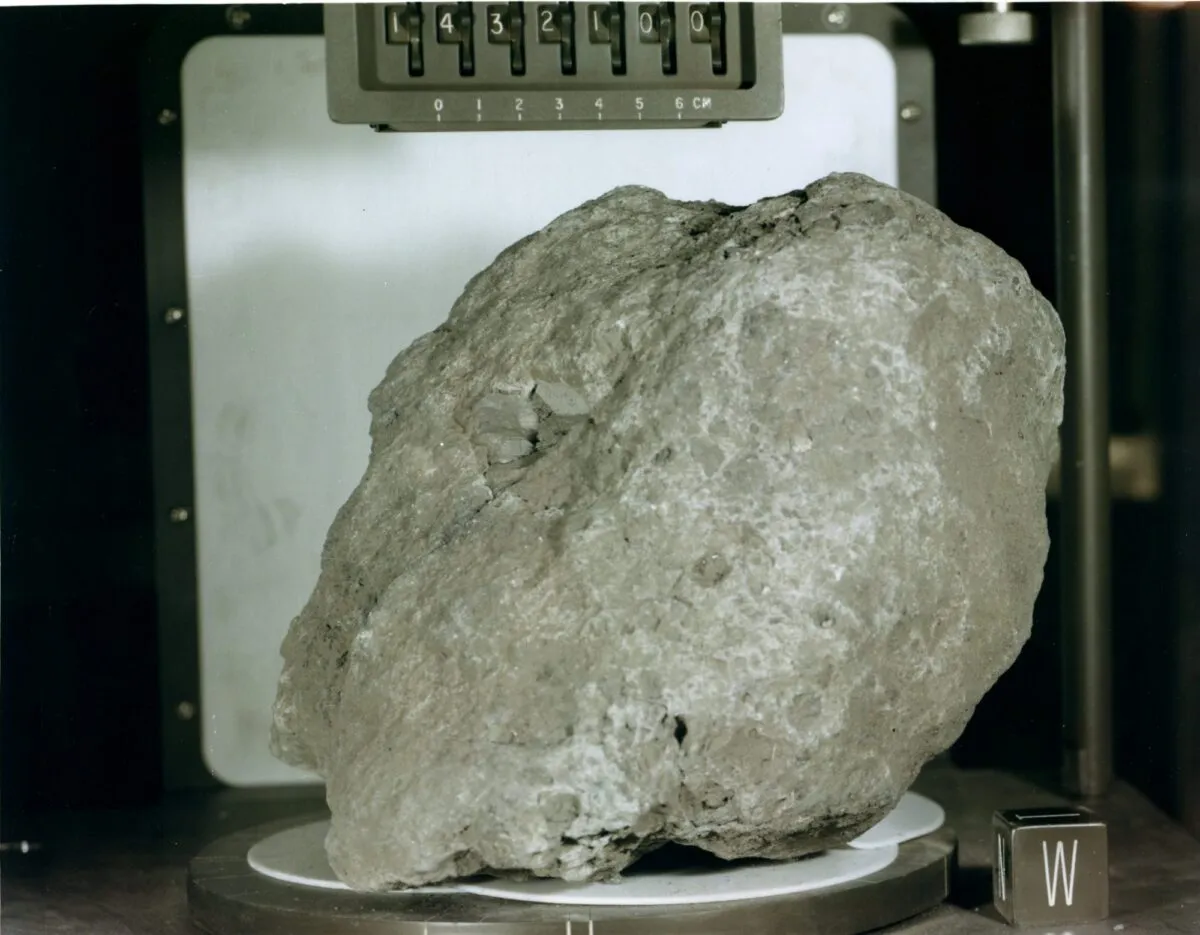The Moon’s tenuous atmosphere is created by meteorite impacts, according to a study using Apollo rock samples.
In the 1980s, astronomers discovered the Moon hosts a very thin atmosphere known as the exosphere.
Given how much of the exosphere escapes, something must be continuously replenishing the atoms from which it’s made.
It’s thought that the gas is liberated from surface rocks, either through ion sputtering, where the solar wind bombards the soil, releasing atoms into the exosphere, or through continuous bombardment by micrometeorites, a process known as impact vaporisation.

What the study found
Orbital studies by the Lunar Atmosphere and Dust Environment Explorer (LADEE) found that during meteor showers the number of atoms in the exosphere increased.
But it also found that the number changed during an eclipse, when the Moon was shielded from the Sun.
This suggested both methods play a role, but not how big that role might be.
To investigate, a team of geologists turned to samples gathered by the Apollo missions.

They examined the lunar material for potassium and rubidium, elements that vaporise easily and have several isotopes, meaning they have multiple atoms with different weights.
When released, the lighter isotopes should be more readily lofted into the exosphere, while the heavier ones are more likely to settle on the surface.

"With impact vaporisation, most of the atoms would stay in the lunar atmosphere, whereas with ion sputtering, a lot of atoms would be ejected into space," says Nicole Nie from MIT, who led the study.
"We now can quantify the role of both processes to say that the relative contribution of impact vaporisation versus ion sputtering is about 70:30 or larger.
"Meteorite impact vaporisation is the dominant process that creates the lunar atmosphere."
